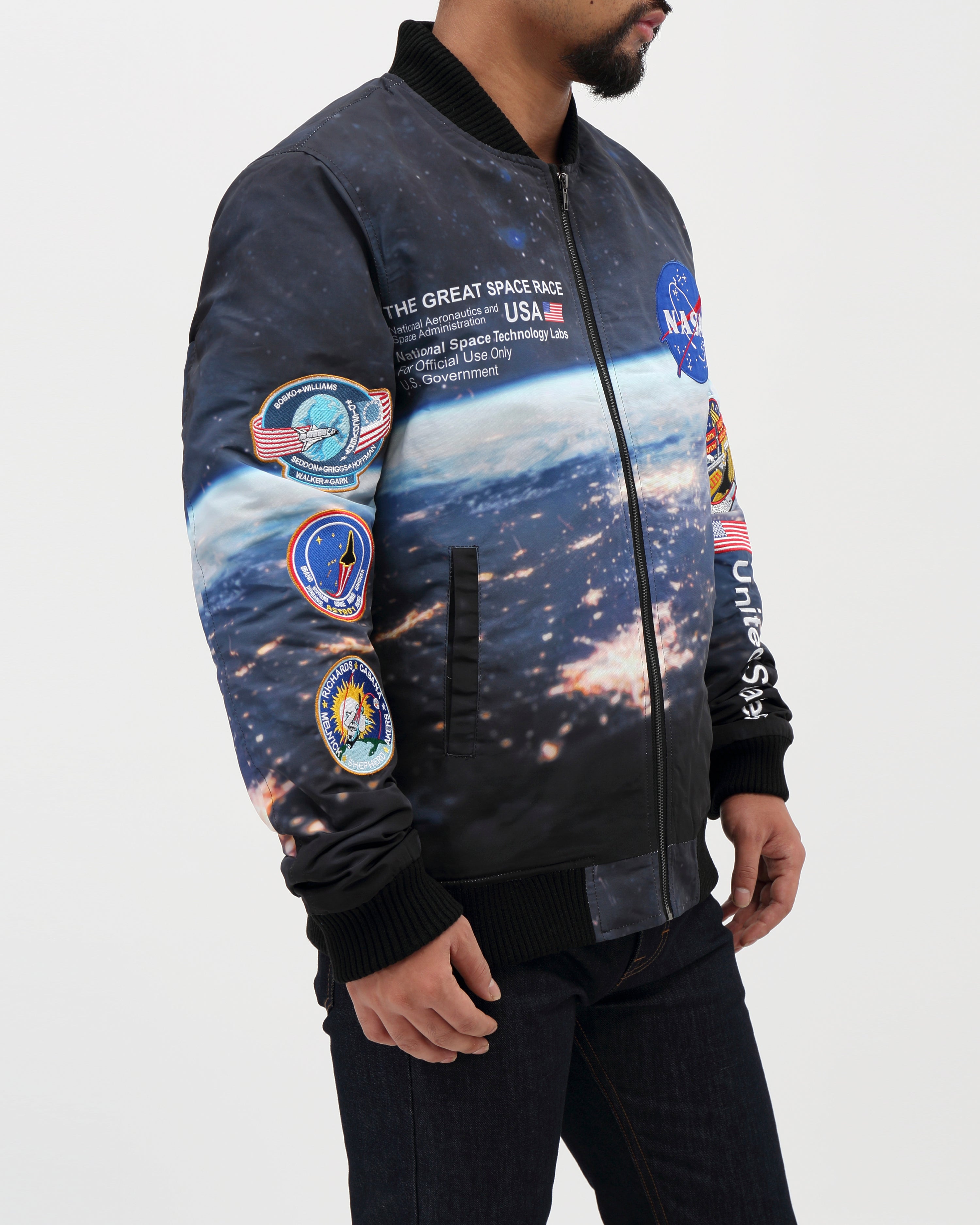

On a future landing, NASA hopes to be able to mine water ice that has been confirmed deep in polar craters that never see sunlight - a critical resource for drinking, breathable oxygen and to eventually produce rocket fuel. NASA's Marshall Space Flight Center via YouTube Artemis could be key in getting to Mars A NASA Inspector General report issued last year predicted that the space agency would "exceed its timetable" for the first Artemis moon landing "by several years." The space agency says the program will eventually put the first woman and first person of color on the moon.īut delays and cost overruns have plagued Artemis, and its predecessor, Constellation, for years. NASA is planning to fly four astronauts aboard Artemis II in 2024, with Artemis III set for the program's first landing a year later. "Getting the radiation profile and having a long exposure in this unique lunar orbit is really important to us as we get ready to fly crew," Hawes says.

Instead, three mannequins equipped with radiation and vibration sensors will sit in. The six-week Artemis I test flight will send Orion into what is known as a distant retrograde orbit, an oblong circuit that will take it just 62 miles from the moon's surface at one point and well beyond the moon at another.Ī NASA illustration shows the Artemis I mission profile.Īrtemis I's Orion will fly without some life support systems and crew support items or a docking system, which won't be needed on the first flight, says Mike Hawes, Orion program manager for Lockheed Martin, which is building the capsule. The cone-shaped Orion spacecraft, which will take up to four astronauts into lunar orbit on future missions, resembles the Apollo-era "command module." Finally, a European service module, attached to Orion, is comparable in function to Apollo's service module and will provide propulsion, electricity, water, oxygen and climate control to future crews. So, the capability is much greater and larger beyond just the moon landing." "We've got our missions that we're focused on right now to the moon," she says. Boeing's chief engineer for the SLS program, Noelle Zietsman, says that in building the giant rocket, engineers drew from the "foundations and fundamentals" of the Saturn V and space shuttle years. The rocket's upper stage will be powered by a type of engine first developed in the late 1950s.īoeing is the prime contractor for the SLS core stage and upper stage. The SLS sports stretched versions of the solid-rocket boosters used by the space shuttle, which last flew more than a decade ago, as well as four RS-25 engines that were refurbished and are being reused after previously flying on shuttle missions. Another component of the original Artemis program, Gateway, a sort of deep-space way station for astronauts to and from a future moon base, is also still under development. The vehicle has yet to be tested in orbit. Elon Musk's SpaceX has been contracted to build a lunar variant of its Starship to take astronauts to the surface. Fully taped seams 2-way adjustable hood.But one key piece of the program - the vehicle that will actually land on the moon's surface - will not be part of the first Artemis mission.5,000 water resistant 5,000 breathability.
NASA JACKET FREE
and meanwhile, it reduces the burden of free swing on the human body. Magnets built into the pocket improve the stability of the bag. In the design of the bag, the detachable bag on the chest is added, which can not only form a slung backpack independently, but also reduce the safety hazard of riders.When snowboarding, bags and jacket can be detached through the zipper under the horizontal flap, so as to facilitate the staff to store the bags, which not only reduces the burden of riders, but also avoids potential danger caused by belongings inside the bags when snowboarding. In terms of color, it adopts the combination of NOBADAY classic color and NASA's main color, and it's the style with astronaut's silhouette. This Unisex Nasa Anorak is a coalition style with NASA.


 0 kommentar(er)
0 kommentar(er)
